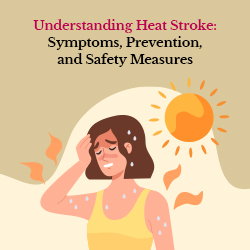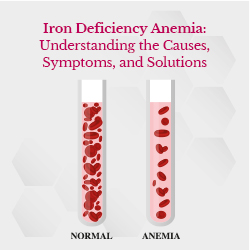Dr. Amul G, Consultant Oral & Maxillofacial Surgeon
Road traffic accidents are traumatic experiences. They can be not just physical painful, but also mentally distressing. However, being empowered with the right information can be incredibly beneficial to not just ensuring physical recovery, but preventing psychological stress and trauma.
It’s crucial to know what to do in the aftermath to ensure the best possible outcomes, especially when it comes to facial and dental injuries. This comprehensive guide will walk you through the immediate steps to take after an accident, and explain how dental injuries are handled following facial trauma. You’ll also learn how to deal with common issues such as tooth loss and gum swelling, as well as the importance of oral hygiene during your recovery.
Immediate Steps After a Road Traffic Accident:
The first moments after a road traffic accident can be chaotic, but it’s essential to remain as calm as possible and follow these initial steps:
- Check for Serious Injuries: First and foremost, assess yourself and others for any life-threatening injuries. Call for emergency medical assistance immediately if necessary.
- Front Tooth Loss: If you have lost a front tooth in the accident, try to locate it. If you find the tooth, handle it carefully by the crown (the visible part) and avoid touching the root. Place it in a container of milk, saline solution, or even plain water to keep it moist.
- Seek Dental Attention: Contact a dentist as soon as possible. In many cases, if the tooth is in good condition, the dentist may be able to re-implant it by splinting it to the adjacent teeth.
- Dental Implant Option: If the tooth cannot be re-implanted, your dentist may recommend a dental implant with a crown as a replacement solution.
Facial Injuries and Dental Trauma After Road Traffic Accidents:
Facial injuries are common following road traffic accidents. These can include lacerations on the tongue, jaw, or nose, and there’s a possibility of facial fractures.
- CT Scan: In cases of severe facial trauma, a CT scan is usually recommended to assess the extent of damage.
- Consult a Maxillofacial Surgeon: You should consult a maxillofacial surgeon to confirm any facial fractures. Maxillofacial surgeons specialize in treating injuries to the face, jaw, and mouth.
- Surgical Procedures: If facial fractures are confirmed, they may require surgical intervention. The procedure typically takes place under general anesthesia, and the recovery period may last 3-4 days. You may then have to follow dental hygiene procedures rigorously, and maintain a liquid diet for 2-3 weeks.
Dealing with Common Dental Issues:
Tooth loss and gum swelling are common dental problems that may occur following an accident.
- Tooth Loss: If you have lost a tooth, follow the steps mentioned earlier for handling it. Quick action is essential to increase the chances of successful re-implantation.
- Gum Swelling: Gum swelling could be a sign of an underlying issue, such as infection or trauma. Rinsing your mouth with warm salt water and maintaining good oral hygiene can help manage the swelling until you can see a dentist.
Maintaining Oral Hygiene During Recovery:
Oral hygiene is vital during the recovery process to prevent infection and promote healing.
- Mouthwash: Use an antiseptic mouthwash recommended by your dentist to keep your mouth clean.
- Salt Water Rinsing: Gargling with warm salt water helps reduce inflammation and keeps your mouth clean.
- Brushing: Be gentle when brushing your teeth, and use a soft-bristle toothbrush. Avoid brushing the injured areas to prevent further irritation.
In conclusion, road traffic accidents can lead to facial and dental injuries, requiring prompt and appropriate care. Understanding the steps to take in the immediate aftermath, as well as the different treatment options for dental trauma, is essential. Remember that each case is unique, and seeking professional medical and dental attention is paramount to ensure your recovery is as smooth as possible.



